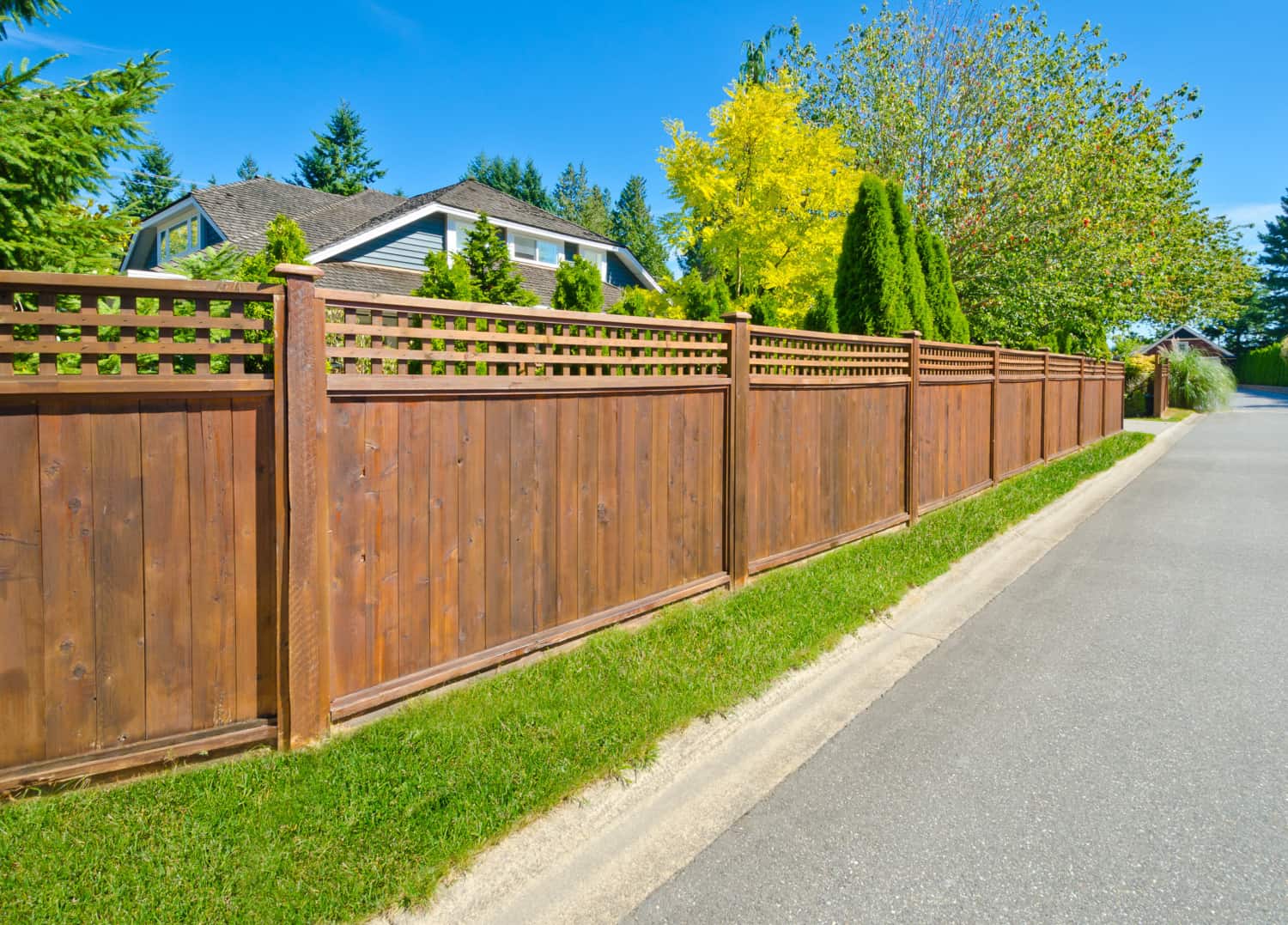All Categories
Featured

Picking the ideal fencing material for your home is a choice that stabilizes looks, capability, and budget. Among the most popular alternatives, timber, vinyl, and aluminum each offer one-of-a-kind advantages and disadvantages. Understanding these can aid you make an educated choice that aligns with your requirements. Here's a break down of the benefits and drawbacks of these three typical fence products.
Wood Fencing. Timber fencing has actually been a timeless choice for house owners due to its natural beauty and convenience.
Pros:. Aesthetic Allure: Timber supplies a warm and classic appearance that enhances a variety of building styles. Personalized: It can be repainted, tarnished, or cut into distinct styles to suit personal choices. Economical: Initially, timber fence can be a budget-friendly choice contrasted to other products. Eco-Friendly: Wood is a sustainable source and can be sustainably sourced. Cons:. High Maintenance: Timber calls for regular securing, staining, or painting to avoid rot, insect damages, and weathering. Longevity Issues: Without correct treatment, wood can warp, fracture, or decay in time, specifically in locations with high moisture. Much shorter Life-span: A timber fencing commonly lasts 10-20 years, relying on the kind of timber and level of upkeep. Timber is perfect for those that value a conventional look and want to dedicate to its upkeep.
Vinyl Secure Fencing. Vinyl is a modern-day, low-maintenance fencing option that has grown in popularity in recent years.

Pros:. Low Upkeep: Plastic does not need painting, staining, or securing and can be quickly cleaned up with soap and water. Weather condition Resistant: It holds up against rough weather without rotting, rusting, or bending. Resilient: Vinyl fences can last 20-30 years with very little maintenance. Variety of Styles: Available in many shades, layouts, and structures, some vinyl alternatives resemble the appearance of wood. Cons:. Greater Upfront Price: Plastic fencing can be much more costly originally contrasted to wood. Brittleness in Cold Climate: In severe cool, plastic may break or end up being breakable. Restricted Fixes: Individual panels can be difficult to change, needing careful matching to the existing fencing. Plastic is finest fit for homeowners seeking a durable, low-maintenance remedy with modern aesthetics.
Light Weight Aluminum Fence. Light weight aluminum fence is a durable and light-weight choice, typically chosen for its contemporary look and convenience.
Pros:. Rust-Resistant: Aluminum doesn't corrosion, making it a superb choice for wet or humid environments. Reduced Upkeep: Needs very little upkeep and is simple to tidy. Resilient: While light-weight, aluminum is solid enough to endure lots of environmental conditions. Long Life expectancy: Can last a number of decades without significant wear or damage. Range of Styles: Uses a elegant and sleek appearance, usually utilized for ornamental or ornamental objectives. Cons:. Higher Cost: The initial financial investment for light weight aluminum fence is more than wood or plastic. Much Less Privacy: Light weight aluminum fences are commonly developed with open pickets, making them less efficient for personal privacy. Prone to Damages: Although long lasting, aluminum can be nicked by solid impacts. Light weight aluminum is optimal for those seeking a stylish, durable alternative that calls for very little care.
Making the Right Option. Each fence product-- light weight aluminum, wood, and plastic-- supplies distinctive benefits and negative aspects. Your choice must depend upon your specific top priorities, such as budget plan, upkeep preferences, climate, and visual objectives:
If you enjoy a typical look and don't mind normal upkeep,Choose wood. Go with plastic if you desire a low-maintenance, weather-resistant fence with modern appeal. Opt for aluminum if you focus on toughness, corrosion resistance, and a streamlined style. By weighing these disadvantages and pros, you can pick a secure fencing material that improves your property while fulfilling your useful requirements.
Latest Posts
Very Little Effort, Maximum Sparkle: The Bath Fitter Advantage
Published Apr 21, 25
1 min read
Decorative Iron Fence: Sophistication and Stamina
Published Apr 21, 25
2 min read
Specials & Discounts: Unlock Discounts on Vehicle Maintenance at Montclare Auto Repair
Published Apr 21, 25
2 min read
More
Latest Posts
Very Little Effort, Maximum Sparkle: The Bath Fitter Advantage
Published Apr 21, 25
1 min read
Decorative Iron Fence: Sophistication and Stamina
Published Apr 21, 25
2 min read
Specials & Discounts: Unlock Discounts on Vehicle Maintenance at Montclare Auto Repair
Published Apr 21, 25
2 min read